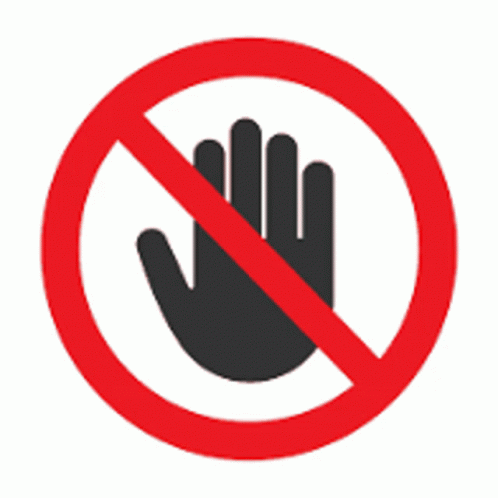CALL US : 1-602-680-8176


The Lead Renovation, Repair, &
Painting Program (RRP Rule)
The EPA’s RRP rule requires that contractors must be RRP certified to work in a lead environment.
Common activities that disturb lead-based paint (like sanding, cutting, replacing windows or doors, demolition, and more...) can create hazardous lead dust which is extremely harmful to children and adults.
Penalties of up to $37,500.00 per day can be imposed by the EPA on contractors who fail to take the necessary safety precautions when dealing with lead-based paint. Common mistakes made by contractors may include:
- Working in a lead environment without an RRP certification.
- Failure to create and maintain a proper containment area to avoid the spread of lead contaminated dust.
- Failure to provide a ‘Lead Hazard Information Pamphlet’ to the homeowners.
- Failure to post warning signs which clearly define the work area.
- Failure to close all windows and doors in the work area.
- Failure to close and cover all ducts in the work area.
- Failure to cover the floor surface in the work area.
Lead Testing for Remodeling


If you are renovating, repairing, or painting a structure that was built prior to 1978, there’s a possibility that the paint on the structure is contaminated with lead.
If you perform a lead-based paint test on the structure prior to the renovations, you may find that there is no lead-based paint. If it has been determined that there is no lead-based paint, the contractor will not have to perform lead-safe practices during the renovation process. This will save both the homeowner and the contractor a lot of time and money.
If the contractor does not perform a lead-based paint test on the structure prior to the renovations, they must assume that the paint is contaminated with lead – even though it may not be. This means they would be required to follow lead-safe work practices including setting up a containment area for every area in which they would disturb any painted surface. Assuming the paint is contaminated with lead – even though it may not be – will cost the homeowner and the contractor more money for the renovation.

1
Hire a certified lead-based paint inspector to use an XRF Analyzer. (X-Ray Fluorescence)
This is the most efficient, cost-effective, and accurate method to use. The analyzer does not damage the painted surface – it works by exposing the painted surface to radiation emitted from a sealed source inside of the instrument.
Only certified lead inspectors and risk assessors can use an XRF Analyzer. The EPA prefers the use of these analyzers over the other methods to test for lead-based paint for the reasons listed above.
Here at XRF Services, our certified lead inspectors use XRF Analyzers to perform lead-based paint tests. Our prices are extremely competitive – give us a call for a quote on your renovation project today at 602-689-4573.
2
Scraping paint chip samples off of the painted surface to send them to a laboratory.
This is the most barbaric method to use. Although it is accurate, it is also very destructive, time-consuming, and cost-prohibitive.
The individual performing this method must be very careful to only scrape the paint off of the surface – not the substrate. Any substrate that is left on the paint chip samples which are sent to a laboratory will result in a faulty reading – which can be very costly for the contractor if the paint is lead contaminated.
Scraping paint chip samples also requires spending more money on laboratory fees and a waiting period for the lab to test the samples and furnish the results.
3
Using a lead testing kit
This is the most inaccurate method to test for lead contamination in painted surfaces. The lead testing kits were designed to be quick and easy to use – not accurate. You do not need to be a certified lead inspector to use a lead testing kit – anyone, including homeowners, may purchase and use a lead testing kit at their discretion.
The drawbacks on using a lead testing kit are simple. The kits are extremely sensitive to lead; therefore they are designed to produce false-positive readings although the lead content in the paint may not be over the EPA’s threshold of 1.0 mg/cm² or 0.5% by weight.
Most painted surfaces contain lead; however, the EPA has established a threshold of 1.0 mg/cm² for it to be considered a hazard. Anything that falls under that threshold, whether it may be 0.8 mg/cm² or less, is not considered a hazard and may be treated as normal paint. If a testing kit is used on paint that contains 0.8 mg/cm² of lead, the lead testing kit will produce a false-positive (even though it’s considered negative for lead-based paint) because of how close the reading is to the threshold.
This would increase the homeowners and contractors cost of renovating because they would be under the assumption that they’re required to use lead safe practices during the renovation.
Methods of testing for lead-based paint
There are a few different methods to test for lead-based paint:


Prohibited Methods of Paint Removal
· Open flame burning or torching.
· Machine sanding or grinding without a high-efficiency particulate air (HEPA) local exhaust control.
· Abrasive blasting or sandblasting without HEPA local exhaust control.
· Heat guns operating above 1100 degrees Fahrenheit, or those that operate high enough to char the paint.
· Paint stripping in a poorly ventilated space using a volatile stripper that is a hazardous substance or chemical.

